Daren Winkelman, Administrator of the Central Nevada Health District, spoke recently at the Fallon Rotary weekly meeting, sharing progress the organization has made since opening in July of 2023.
“Public Health is facing some challenges across the country,” Winkelman said, “we don’t tell our story well.”
Public Health is different from general health care in that it is community-based and promotes and protects the health of all people and their communities. It focuses on prevention, protection, and promotion of healthy lifestyles and policies that improve health and safety. It generally focuses on the health of a community, while health care focuses on individual patients.
Which is actually how the CNHD came about. “This community health district was born out of COVID,” Winkelman said. Several rural communities were concerned with the responsiveness of the state to their needs with testing and information. “These communities said, ‘We think we can do better,’ and this health district was created to build partnerships and consolidate resources with the goal of bridging gaps in service.”
In 2020, Churchill County received a grant through the University of Nevada to establish a rural health district. The City of Fallon, Pershing, Mineral, and Eureka Counties joined the CNHD to create it. The district became officially designated by the state on July 1, 2023.
Before the pandemic, there were only two health districts in the state: Southern Nevada Health District and Washoe Health District. In Carson City, after the 9/11 event, that community pulled together Storey, Lyon, and Douglas Counties into a Health Authority known as the Quad Counties. Still, they stopped short of creating an actual district. That left the other 11 rural counties under the jurisdiction of the State of Nevada for all public health services.
Under CNHD, the communities pay into the health district based on a per capita assessment and a flat rate. In addition, nearly 90% of the funding comes from grants. The district provides three overarching services: Environmental Health, Clinical Health, and Public Health Preparedness.
Environmental Health covers inspections to ensure compliance with regulations regarding restaurants, temporary food events, schools, and also water, septic, pools, and spas.
Clinical Health covers immunizations for children and adults, family planning, a community health nurse, and education.
Public Health Preparedness is concerned with ensuring health and safety through preparing for and responding to public health emergencies. It would give the local district responsibility for decisions during a public health emergency, such as whether or not businesses close down and other concerns made by the state during COVID.
The CNHD operates and is accountable to an autonomous board of directors that reports to the State. The board is made up of residents and elected officials from the communities, including the Chairman, Mayor Ken Tedford, Larry Rackley, Denise Ferguson, Tyson McBride, Bob Erickson, Jeb Rowley, Rich McKay, Dawn Whitten, and Justin Heath.
While not providing any mental or behavioral health service at the moment, Winkelman said it is the number one topic that comes up throughout the communities. “This is a priority for our chairman and our board, and we will address this in the near future.”
In addition, because Pershing County is a member of the CNHD and Burning Man is held in Pershing County, the CNHD will also assume responsibility this year for the inspections at the Burning Man festival. “Last year, we shadowed the state health office, but this year, we assume responsibility for inspecting the camps that provide large food operations, septic pumping, and the water truck inspections,” Winkelman said.
According to the CNHD, these communities, by creating the health district, are seeking opportunities to provide better public health services to their residents based on the belief that local communities know, understand, and can provide services for their populations better than the state can. By combining the resources and efforts of multiple rural communities, services can be more efficient and effective.
The county also recently purchased the old Penny’s building at 290 South Maine Street and will move the health district into that building after renovations are complete. Currently, they are located at the county complex on West B Street and also have offices in each of the other communities.
“We are not here to step on toes; we are here to fill gaps. We want to be responsive to the communities we serve, and if there is a gap, we want you to tell us,” Winkelman said.



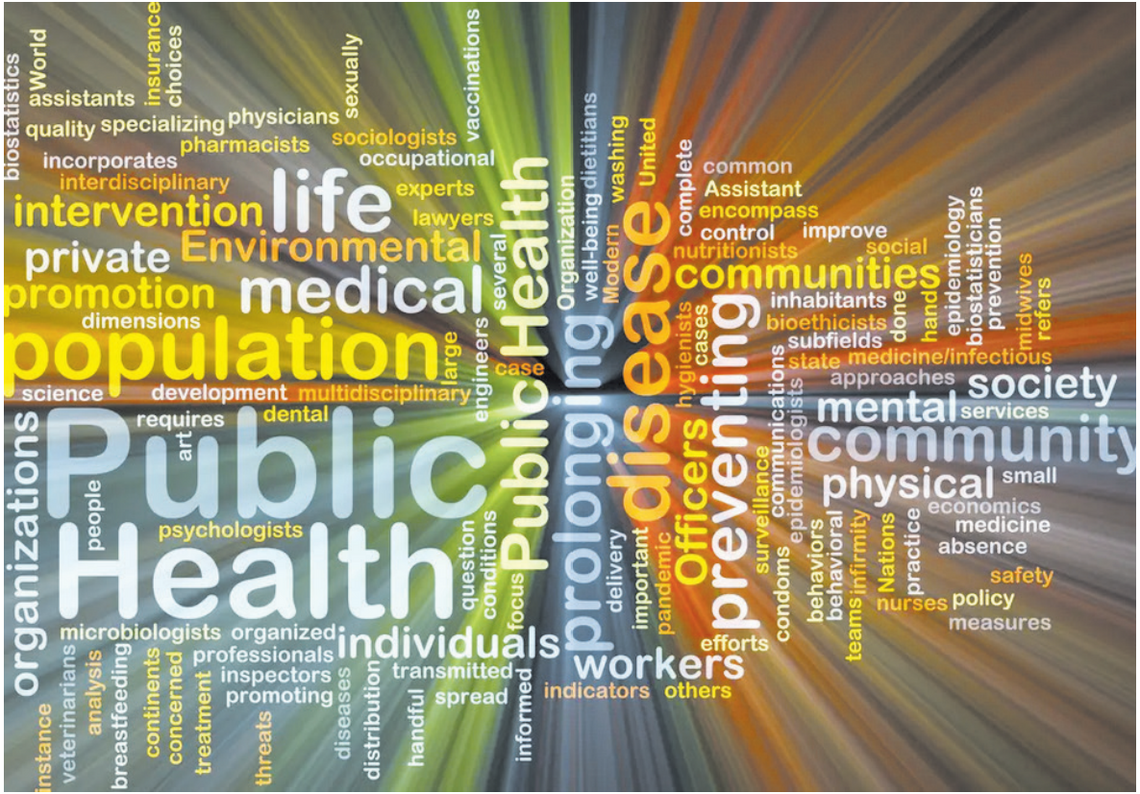
































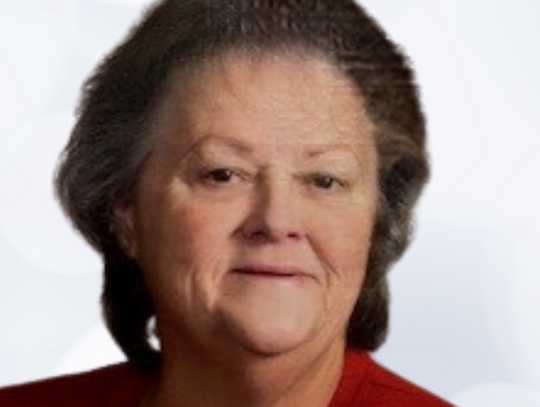
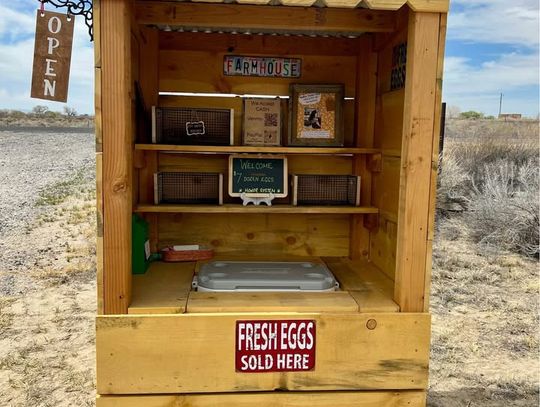
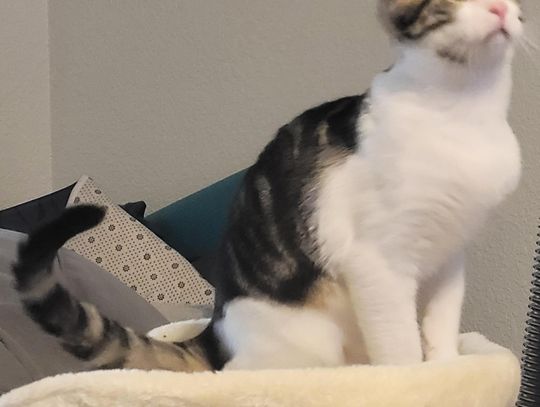
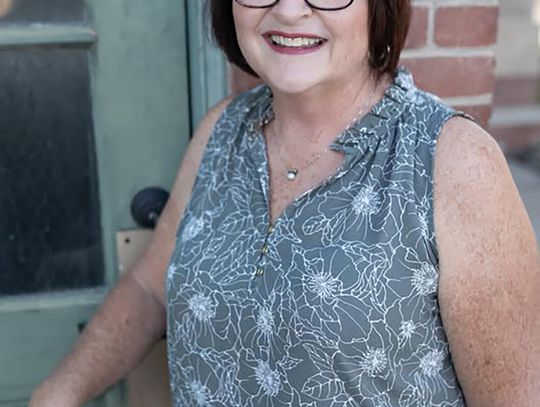
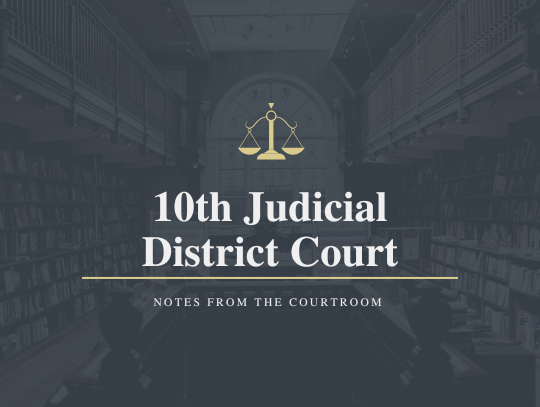


Comment
Comments